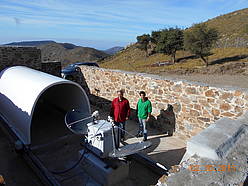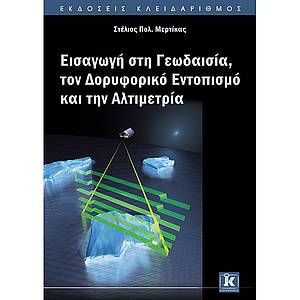News
Books from the Laboratory
Mertikas S. P. (editor, 1993). Global Positioning Systems in Geosciences, Proceedings of the International Workshop, Technical University of Crete, Chania, Greece, 8-10 June, 1992, Access soft, Athens, ISBN: 960-220-519-9. http://www.tandfonline.com/doi/abs/10.1080/15210609309379689
Mertikas S.P. (1994). Failure Detection in the Measurements of the Global Positioning System, Monograph, Department of Geomatics Engineering, University of Calgary, Canada.
Mertikas S.P. (1999). Remote Sensing and Digital Image Analysis, ION Publishing House, Athens, ISBN 960-405-949-1 (In Greek). https://www.mred.tuc.gr/3317.html
Agioutantis Z. & Mertikas S.P. (2003). A Practical Guide for Technical Writing, ION Publishing House, Athens,. ISBN 960-411-394-1(In Greek). https://www.mred.tuc.gr/3331.html
Mertikas, SP. (Editor, 2010). “Gravity Geoid and Earth Observation”, International Association of Geodesy, IAG Commission 2: Gravity Field, Chania, Crete, Greece, 23-27 June 2008 (International Association of Geodesy Symposia), Vol. 135, DOI: 10.1007/978-3-642-10634, Springer-Verlag Berlin Heidelberg 2010. http://link.springer.com/book/10.1007%2F978-3-642-10634-7
Mertikas, S. P. (2011). “Geodesy, ground positioning and levelling”, in the Encyclopaedia of Solid Earth Geophysics, Article G., edited by Professor Harsh K. Gupta, Springer, New York. http://www.springer.com/gp/book/9789048187010
Mertikas, S. P. (2016). “Introduction to Geodesy, Satellite Positioning and Altimetry”, Klidarithmos Publishing House, Athens, ISBN : 978-960-461-721-0 (In Greek), http://www.klidarithmos.gr/eisagogi-sth-geodesia

